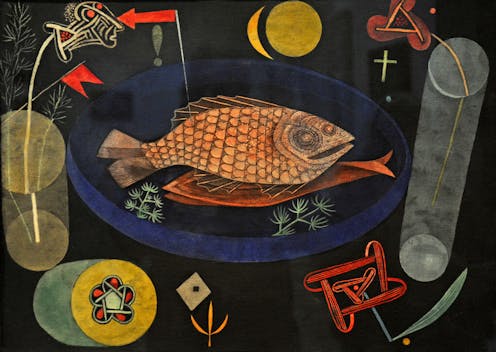inside the legendary cookbook of Alice B. Toklas
- Written by Alice Gorman, Associate Professor in Archaeology and Space Studies, Flinders University

Our cultural touchstones series looks at influential books.
Alice B. Toklas wrote one of the bestselling cookbooks of all time. One reason for its popularity was the inclusion of stories of her 39-year relationship with the great modernist writer Gertrude Stein. Another was its recipe for hash fudge, which made Toklas an icon of 1960s counterculture.
Alice wasn’t a very common name in the 1980s when I was an undergraduate. People used to tease me about it: you can get anything you want at Alice’s restaurant, living next door to Alice, go ask Alice – and mysterious references to Alice B. Toklas.
I had never heard of her before; I wasn’t that cool. And I’m sure I wasn’t the only person to unconsciously associate her with Alice the housekeeper from the 1970s sitcom The Brady Bunch.
Nevertheless, I felt an affinity with this other Alice, who died when I was three years old. (The B, incidentally, stands for Babette.) When I realised The Alice B. Toklas Cook Book had been published 70 years ago in 1954, I decided it was finally time to become better acquainted.
The ladies of 27 Rue de Fleurus
Toklas was born in San Francisco in 1877. She studied piano at the University of Washington in Seattle. In 1907, when she was 29, she travelled to Paris and met Gertrude Stein the day after she arrived. It was love at first sight.



















